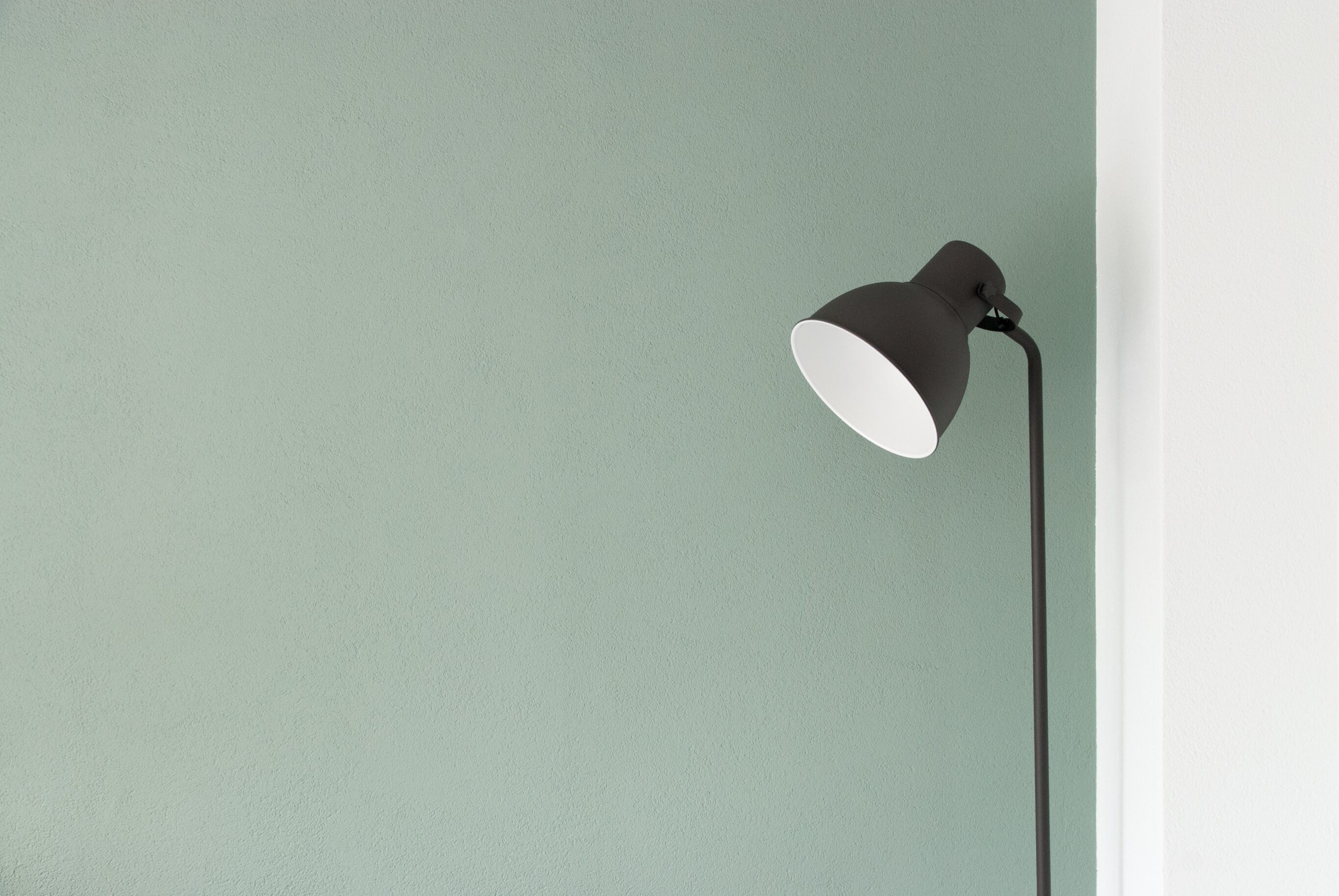Marketing for minimalism – less is more
This post is an update from an article originally published in March 2017.
As counter-argument for our previous blog post on consumerism, I wanted to examine the trend at the complete opposite end of the scale. The trend towards Minimalism. A movement no doubt born out of the overwhelming amount of choice and advertising of 'things' that we are bombarded with on a daily basis.

Minimalism today
Whether it be an environmental stance against the sheer amount of waste we create per person, an opposition to clutter, or simply the desire to invest in a lower quantity of key products and services, minimalism has been gaining a lot of traction over the last few years, particularly accelerating in 2020.
With the global pandemic forcing everyone inside, for many it has encouraged a re-evaluation of what’s important in our lives, and a decluttering has occurred (both mental and physical). Many people are now choosing to curate their lifestyles with a much more selective number of items and therefore the brands they purchase from.
Why have thirty shirts when you can be just as happy with three? Why have shelf upon shelf of CDs and DVDs, when you can digitise them? Why purchase from ten retailers, when you can buy from two or three? There are countless documentations online of people feeling happier, freer, even more creative – once minimising and reducing the number of objects they own.
What’s more, the environmental impact of purchasing decisions has been increasingly put under the microscope, as the world has been confronted with what’s truly important during such an unusual period in history.
With technology as prevalent as it is today, we are marketed to constantly. We make decisions on what to buy and what not to buy countless times each day. The counter movement of minimalism bucks this trend, and speaks more towards a smaller quantity of key, quality life-enriching services and products, without excess or surplus to requirement. In a minimalist market it can be difficult to capture such selective customers and commit them to purchase, and harder still to encourage brand loyalty.
When considering marketing for minimalism and a scrupulous audience, it’s important to emphasise to the customer that they’ve made the best choice for themselves by picking your brand.

So how do you market your brand to suit this trend?
Establish your USP
Get the most out of your marketing budget by identifying your point of difference or unique selling point, and tailor creative and messaging to emphasise the value your brand will bring to your customer base.
There are so many identical products and services out there, and so many cost-effective routes to market that new entrants constantly pose credible threats to well-established giants. Hone in on what makes you different, and make sure you understand what resonates best with your audience before going any further.
Get creative
Good creative cuts through the noise and reaches out to customers and clients that prioritise quality and longevity in products and services. There is such overwhelming choice for consumers now, and people are engaging more frequently with social media marketing, which is proving to be highly targeted and therefore cost-effective for brands to benefit from.
Make sure you’re not just ‘going with the crowd’, and focus on what’s important to you as a brand and your customers. It’s very tempting to copy what others are doing, but that doesn’t mean it’s right for you. And when it comes to marketing for minimalism, your audience will only buy from you when you’re offering something of genuine value and that truly resonates with them (sometimes on an idealistic level as well as being functional).
Make it easy
Having a strong message, and a highly creative marketing campaign will only work up to a certain point. Even in 2021, discerning audiences can be fickle and are only prepared to go so far to commit to a purchase. When it comes to the customer journey, more than a few clicks, or tedious entering of login details and verifications, and you can easily lose your customer.
According to online marketing expert and bestselling author, Neil Patel, two clicks is optimum to get your customers to convert. This begs the question; can you optimise your customer’s journey to purchase? Remove any barriers and create concise, clear messaging to streamline the purchase process as much as possible.
Make buying from your brand as easy as possible. Even better, enhance the customer’s opinion of your brand by truly surprising and delighting them at this stage in the journey. There is ample opportunity to add value long after your customer has committed to buy. When considering marketing for minimalism and a scrupulous audience, it’s important to emphasise to the customer that they’ve made the best choice for themselves by picking your brand.
Ultimately, you’re looking for lifetime value from your customers – positive recommendations and glowing reviews, not one-off purchases. And this comes from being genuine, aligning with your audiences’ values and fitting effortlessly into their daily lives.
Be conscious
Be conscious of your impact on the environment. You would be remiss to ignore this huge driver in a person’s purchase decision today. 21st century audiences are keenly switched on to brands’ corporate social responsibility strategies, and this increasingly guides where people choose to spend their money.
You may have the best product or service going, or spend more on your marketing than your competitors, but brands who aren’t transparent about their approach to the environment, or current social issues risk losing footing to competitors who resonate with their audiences on a more personal level.
Take the shift in energy for example. In June 2020 it was reported that a record 47% of the UK’s power generation came from renewable energy. The shift from traditional energy generation is truly underway and companies that don’t get on board with the transition will be left behind. Employees and customer alike are recognising this, moving to companies that recognise the impending importance of renewables in our present and future.
And in the banking sector, disruptor Starling Bank is so successful due to its strong stance on culture and ethical investing. It understands that its customers care about where their money is invested, and how their bank treats its team. In a very short time the online bank now boasts an incredibly loyal following, and it’s all down to the way it communicates its offering to its audience.
In conclusion
While it might sound counter-intuitive, a ‘less is more’ approach to your brand can achieve strong, commercial value. Even stronger than casting your net wide and going in aggressively with your marketing strategy. Be as selective with your marketing and branding as audiences are today with their purchasing, and you’ll establish a loyal customer base that’s engaged, happy to purchase from you time and time again and will spontaneously recommend you to likeminded others.
If you’re interested in learning more about getting your brand in the best shape, check out this article.
To find out about how we can help you, get in touch with us today. Alternatively, for the latest marketing and branding news, take a look at our Articles.